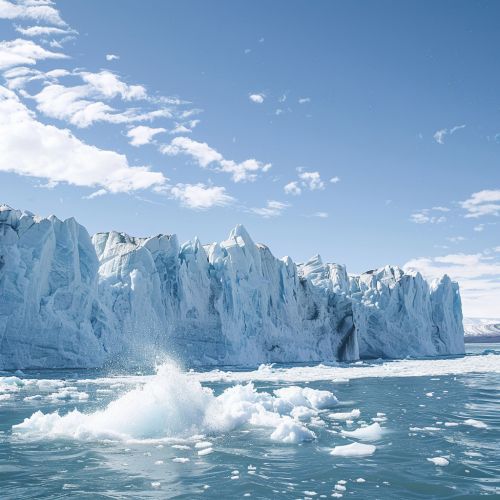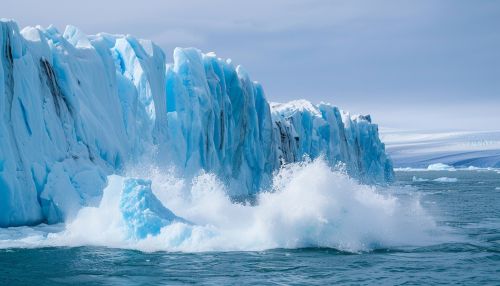Pleistocene
Introduction
The Pleistocene epoch is a geological time period that spans from about 2.6 million to 11,700 years ago. It is characterized by repeated glaciations, or ice ages, where vast parts of the Earth's surface were covered by ice sheets. The Pleistocene epoch is the most recent period of repeated glaciations and is often referred to as the Ice Age.
Geology
The Pleistocene is the first epoch of the Quaternary period in the geological time scale, following the Pliocene epoch and preceding the Holocene epoch. It is marked by four major glaciations, known as the Gelasian, Calabrian, Ionian, and Tarantian stages. These glaciations were driven by changes in Earth's orbit and tilt, which affect the amount of solar radiation reaching the Earth's surface.


During the Pleistocene, the Earth's climate oscillated between glacial periods, known as glacials, and interglacial periods, known as interglacials. Glacials were times of cooler global temperatures, during which large ice sheets covered vast areas of the Earth. Interglacials were periods of warmer global temperatures, during which the ice sheets retreated.
Flora and Fauna
The Pleistocene epoch was a time of significant evolutionary changes in both flora and fauna. Many of the plant and animal species that are familiar to us today evolved during this time. The Pleistocene is also notable for the evolution and extinction of many large mammals, known as megafauna.
During glacials, the flora of the Earth was dominated by cold-tolerant species such as spruce, pine, and birch. During interglacials, these were replaced by more temperate and tropical species. The repeated glaciations also led to the fragmentation and isolation of plant populations, leading to speciation and the evolution of new species.
The Pleistocene megafauna included many large mammals, such as mammoths, mastodons, saber-toothed cats, giant ground sloths, and dire wolves. These species were adapted to the cold conditions of the glacials. However, many of them went extinct during the Pleistocene, in an event known as the Quaternary extinction event. This extinction event is thought to have been caused by a combination of climate change and overhunting by early humans.
Human Evolution
The Pleistocene epoch is also significant for human evolution. The genus Homo, which includes modern humans, evolved during the Pleistocene. The first humans, known as Homo habilis, appeared around 2.4 million years ago. They were followed by Homo erectus, Homo neanderthalensis (Neanderthals), and finally Homo sapiens (modern humans).
The Pleistocene was a time of significant cultural and technological evolution for humans. The first stone tools were developed during this time, in an era known as the Oldowan industry. This was followed by the Acheulean industry, characterized by hand axes, and the Mousterian industry, associated with Neanderthals. The Pleistocene also saw the development of art, religion, and complex social structures.
Conclusion
The Pleistocene epoch was a time of significant geological, biological, and cultural change. The repeated glaciations shaped the Earth's surface and climate, leading to the evolution of new species and the extinction of others. The Pleistocene also saw the evolution of humans and the development of culture and technology. Despite its challenges, the Pleistocene was a time of great evolutionary innovation and diversity.
